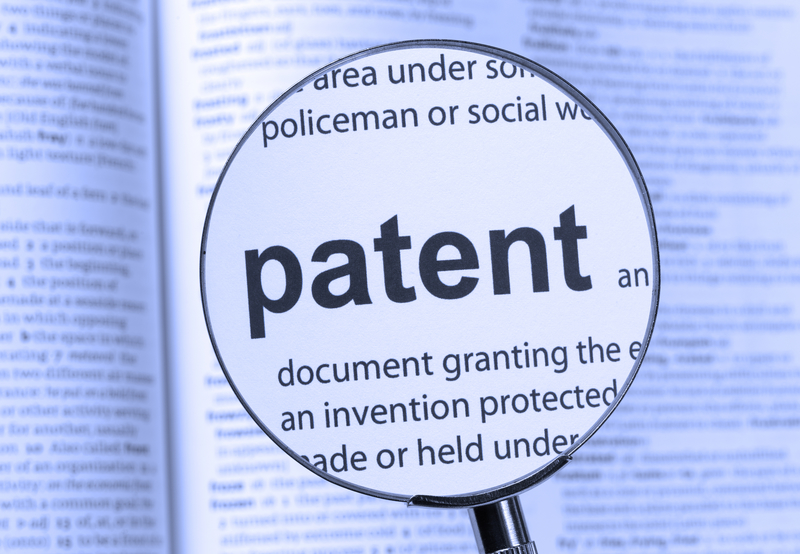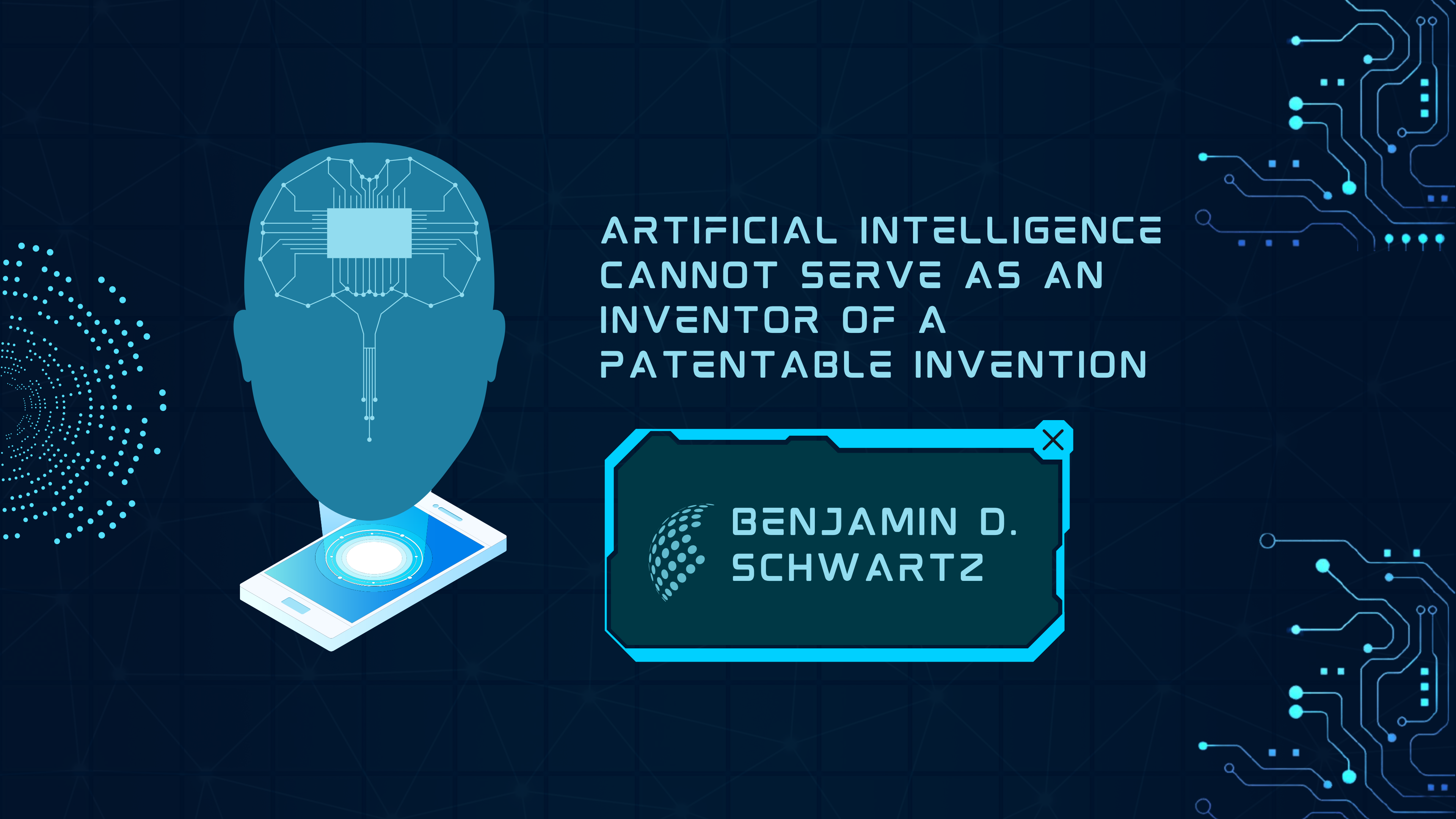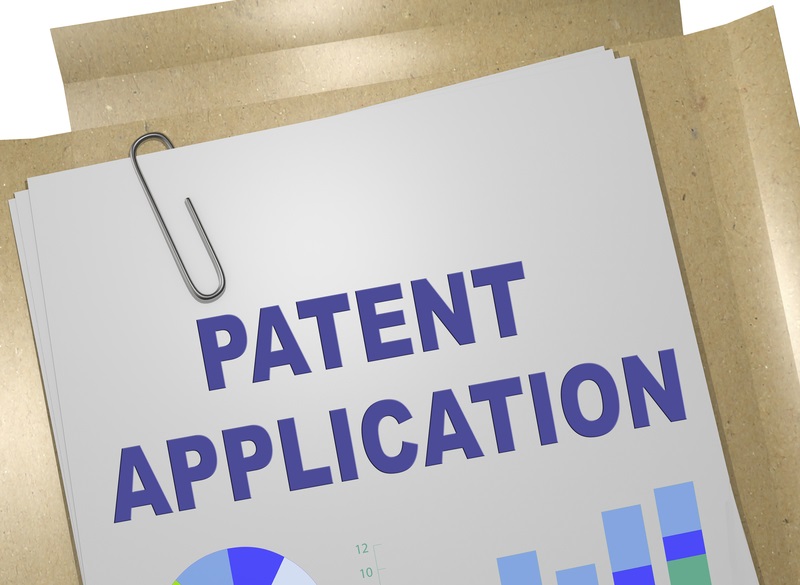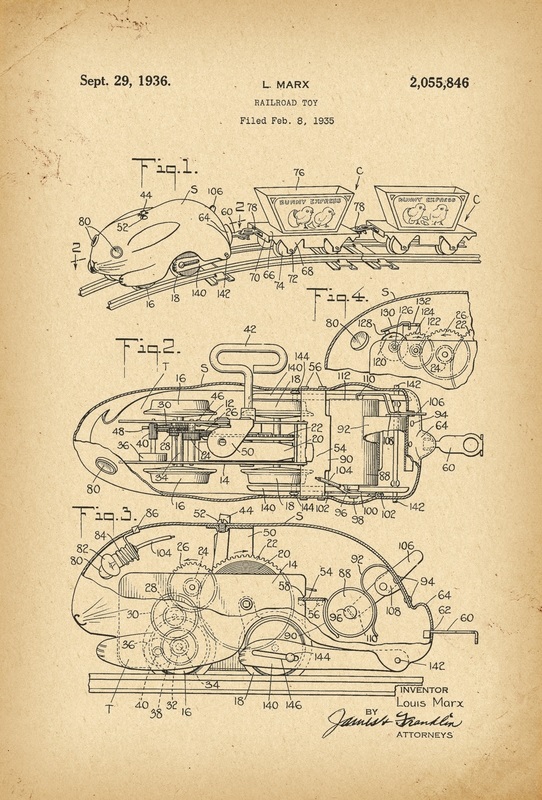Patenting Recipes
Instead, the courts wish to see “a coaction or cooperative relationship between the selected ingredients which produces a new, unexpected, and useful function [in the recipe].”
However, recent cases before the Patent Trial and Appeal Board (“PTAB”) and its predecessor, the Board of Patent Appeals and Interferences (“BPAI”), indicate that applicants for recipe inventions can be patentable despite In re Levin’s pronouncement above. For example:
- Ex Parte Weiser, App. No. 2020-001045, Tech Center 1700 (P.T.A.B. Nov. 24, 2020) (finding Levin inapplicable because claim reciting edible shells containing ingredients was “directed to a specific structure” that included ingredients)
- Ex Parte Vemulapalli, App. No. 2017-001815, Tech Center 1700 (P.T.A.B. October 25, 2018) (reversing obviousness rejection for failing to provide evidence to take melt and flow food filling from one reference and suggest the use of it to reject claims reciting a “bake stable soft and creamy food filing”)
- Ex Parte Thomas, App. No. 2011-000047, Tech Center 1700 (B.P.A.I. Nov. 9, 2011) (reversing obviousness rejection to claims reciting method of “applying orange juice or another juice containing citric acid to unblanched potatoes prior to pan frying and freezing”)
Recipe for Disaster or Sweet Reward?
What the case law shows is that recipe inventions will largely depend on the uniqueness of the combination and whether skilled food practitioners would find that the difference between the new recipe and the old recipe is the result of known substitution (e.g., one leavening agent for another), routine optimization (e.g., adding a certain amount of ingredient to achieve the optimal pH), or solving a known problem using known techniques (e.g., using a prior art confectionery cooking technique to achieve the desired result and applying that technique in confectionary prior art).
Where rejections are based on one or more of these processes, an applicant may prove their ingredients are not obvious by demonstrating unexpected functions and synergies from the recited combination. A skilled patent practitioner can help applicants present that evidence using experiments, food laboratory analyses, and consumer testimonials. Be sure to consult with your patent attorney on which strategy will work best for attempting to patent your particular recipe in view of the prior art cited in your case.
Keep in mind that the above risks in seeking patent protection should also be weighed against the potential loss of trade secret protection for the recipe, since patents are published, and once published cannot be retracted. So, a successful attempt at patent protection of a recipe can be bittersweet, since it can foreclose trade secret protection of that recipe. Trade secret strategies for food recipes will be explored in a forthcoming post.
If you have questions about this blog post or any related intellectual property matters, please feel free to contact me at jfarco@norris-law.com.




